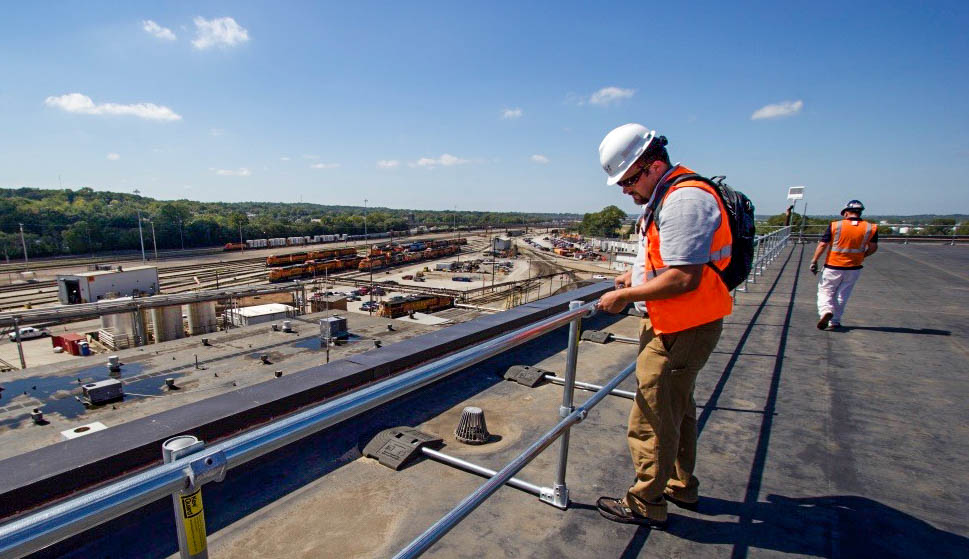What Does A Culture Of Safety Look Like?

Safety doesn’t just happen.
When implementing a new safety procedure or system, do you ever consider where it came from and why it has been tasked? Maybe if the task is assigned to the EHS person, those questions are a given.
But let’s say it’s assigned to someone in another department, do you know how to help and are you able to support them to see the job to completion?
We encounter hazards daily that could cause damage, injury, and even death.
We often hear different reasons for needing fall protection or other safety initiatives. Some reasons include company liability, OSHA compliance, "I was told it needs to be done," and so on.
When we dig a little deeper into the need, many times, we find that the actual requirement is unknown by the person we are talking with. That can be scary, because without understanding the need, how can we provide the right solution?
There are many reasons why someone might be trying to get these tasks done, but somewhere along the line, the real need is to keep people safe and separate them from the hazards. Why doesn’t this person understand the importance of this simple safety concept?
I believe it is merely because of a lack of a safety culture.
What does a culture of safety look like?
A good safety culture starts from the top of the organization and needs to be communicated down as a team effort. Policies and procedures need to be put in place, not just for the rules but also to establish awareness and buy-in.
Safety should be at the top of mind with every employee as they work through the day. If there are risky activities, behaviors or dangerous areas, they need to be brought to attention immediately. But it can’t stop there, action needs to be taken.
We receive numerous calls of someone needing fall protection. We help develop the best solution based on the needs and constraints, then the proposal goes to their boss or executive staff for it to be rejected because of the price, timing, manpower, or various other reasons.
These objections were not addressed up front.
Making safety culture a priority
For a safety culture to flourish, every person in the organization needs to possess the same safety training, awareness, and priority. If everyone is not on board, these types of projects are placed on the back burner until they are forced to comply or worse, an accident happens.
So when considering the decision on safety projects, ask yourself, what is my priority? By not acting on a safety issue, you are communicating to your team that safety is not important.
If you want a culture of safety awareness, it needs to take priority, it needs to be communicated at every level within the organization, and it needs to be supported when action is required.
When a safety culture does not exist, everyone is at risk of being involved in an accident. I encourage you to be proactive. Take a look and analyze your safety program, include everyone and make safety the number one priority.


